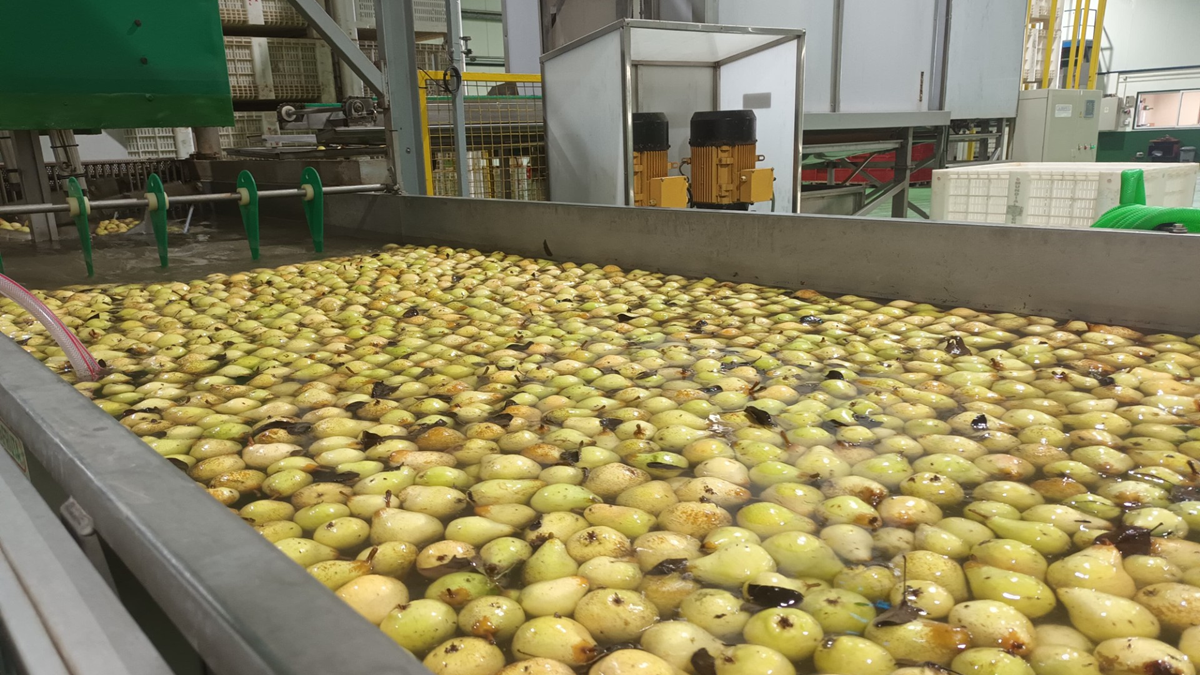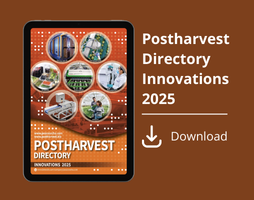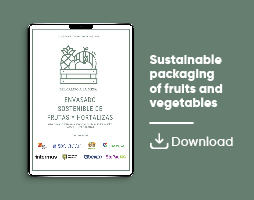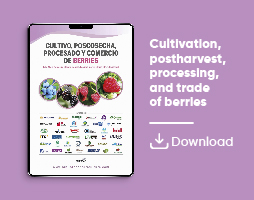Actualidad
Fresh produce reefer market and potential areas for future exploration
The paper by L.J.S. Lukasse et al. (2023) explains the current reefer knowledge state and encourage more research on using CA, highlights the effectiveness of ethylene scrubbrers, and of synergizing the data acquisition pipelines of different sensor systems
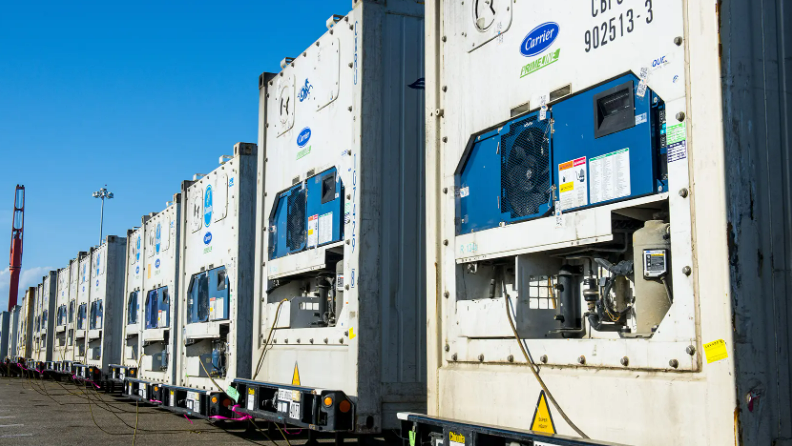
Refrigerated containers or 'reefers' are essential for transporting fresh fruit and vegetables in transnational supply chains. By refrigeration, they ensure that food quality is better preserved and food losses are reduced. Countries that produce fresh produce also unlock new markets for export through refrigerated container transport.
The authors have worked in the research and development of reefer-facilitated supply chains for over two decades. Based on our research and engineering work with key stakeholders, we provide our perspective on how the industry will or should evolve.
We also elaborate on upcoming trends and key bottlenecks the industry faces. This paper touches upon subjects relevant to the global fruit and vegetable trade.
These topics involve:
- the fresh produce reefer market,
- the climate inside the reefer, including temperature uniformity and controlled atmosphere trends,
- sustainability aspects such as greenhouse gas emissions and potential energy savings, and
- the move towards smart reefers and the use of digital food twins.
Key findings
We particularly encourage more research on using a controlled atmosphere to save energy and better preserve foods, the effectiveness of ethylene scrubbers in reefers, synergizing the data acquisition pipelines of different sensor systems, and integrating these data with other parts of the supply chain into one data ecosystem.
As future trends, we foresee a further reduction of the carbon footprint and developments in digital twins of the refrigerated container and its cargo to monitor and predict future fruit and vegetable quality during transit and beyond.
Introduction
Refrigerated intermodal transport containers, commonly called reefer containers, play a vital role in global food supply chains.
The inception of reefer containers can be traced back to 1956, when the first porthole reefer container was introduced (Rodrigue & Notteboom, 2015).
These early containers were insulated but lacked a built-in refrigeration unit. Instead, they were placed on vessels connected to air ducts that supplied cold air.
However, in the 1970s, a significant advancement occurred with the introduction of integral reefer containers. These containers integrated the refrigeration unit within the insulated structure and relied on an external electricity supply for power. At present, all reefer containers are of the integral type.
As of 2019, the global reefer container fleet comprised approximately 3.2 million Twenty-foot Equivalent Units (TEU).<
Among these, only 5% of the fleet consisted of 20-foot containers with dimensions of 20′ × 8′ × 8′6'' (6.1 × 2.4 × 2.6 m). The remaining 95% were 40-foot High Cube (HC) containers measuring 40′ × 8′ × 9′6'' (12.1 × 2.4 × 2.9 m).
This distribution translates to around 1.6 million reefer containers being globally operated.
The fleet has experienced a consistent annual growth rate of approximately 5% for an extended period, and there is no evidence to suggest a significant change in this growth rate in the foreseeable future.
Reefer containers handle 80% of seaborne reefer cargo, while specialized breakbulk ocean reefer vessels carry the remaining 20%.
Reefer containers have become an indispensable part of global supply chains and instrumental to waves of globalization.
For that reason, several researchers and companies have mapped the refrigerated container industry characteristics and upcoming trends.
For example, comprehensive statistics and market information on reefer trade are available (Drewry, 2019), which offers valuable insights that are updated annually.
Contents
This document provides a detailed market overview encompassing various aspects such as rates, trade volumes, fleet size, and the number of new builds.
Table 1 provides key parameters associated with reefer containers (Drewry, 2019; Rodrigue & Notteboom, 2015).
Castelein et al. (2020) conducted a literature review on the reefer market, resulting in the identification of 132 research papers, categorized into five main clusters: monitoring and control technologies, understanding the spatial climate distribution within reefers, implementation of Radio Frequency Identification (RFID) tags for cargo temperature monitoring, investigating the relationship between transport conditions and fruit and vegetable quality, and advancements in refrigeration technology.
The current study aims to add to this knowledge by providing perspectives and opinions of researchers and engineers who have worked in the reefer industry for over two decades.
We present insights into the current knowledge state and highlight potential areas for future exploration in reefer containers.
We particularly tackle the fresh produce reefer market (section 2), the climate inside the reefer (section 3), sustainability (section 4), and the move towards smart reefers (section 5).
We sketch the evolution of this industry with upcoming trends and key bottlenecks. Thereby, people working in this field get an update, or people starting in this field receive a practical perspective on the industry.
Sources
Perspectives on the evolution of reefer containers for transporting fresh produce
L.J.S. Lukasse, R.E. Schouten, R.B. Castelein, R. Lawton, M.J.M. Paillart, X. Guo, E.J. Woltering, S. Tromp, J.C.M.A. Snels & T. Defraeye
https://www.sciencedirect.com/science/article/abs/pii/S0924224423002625?via%3Dihub
https://doi.org/10.1016/j.tifs.2023.104147
Picture, https://www.portofhueneme.org/cargo-agriculture/


